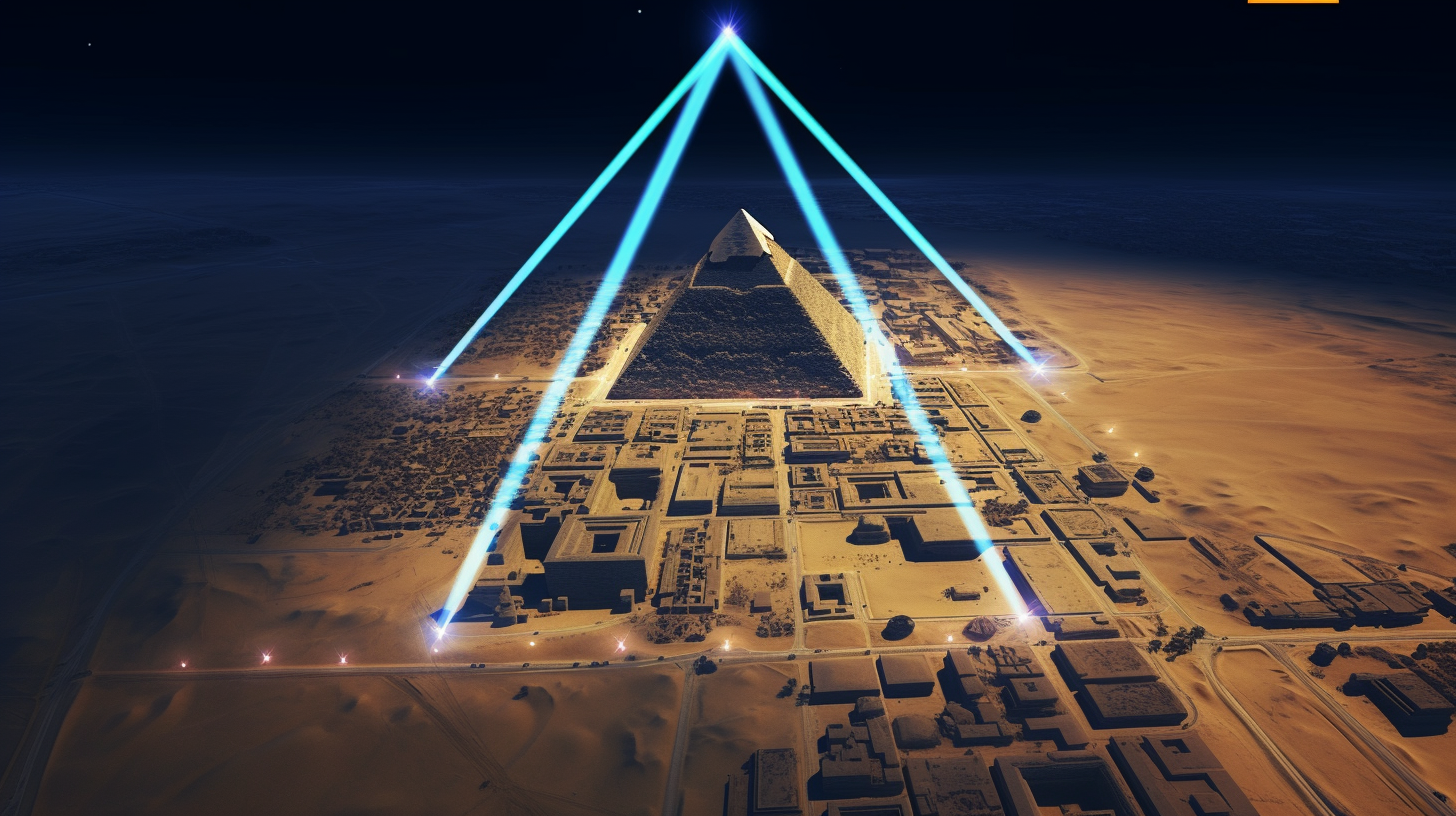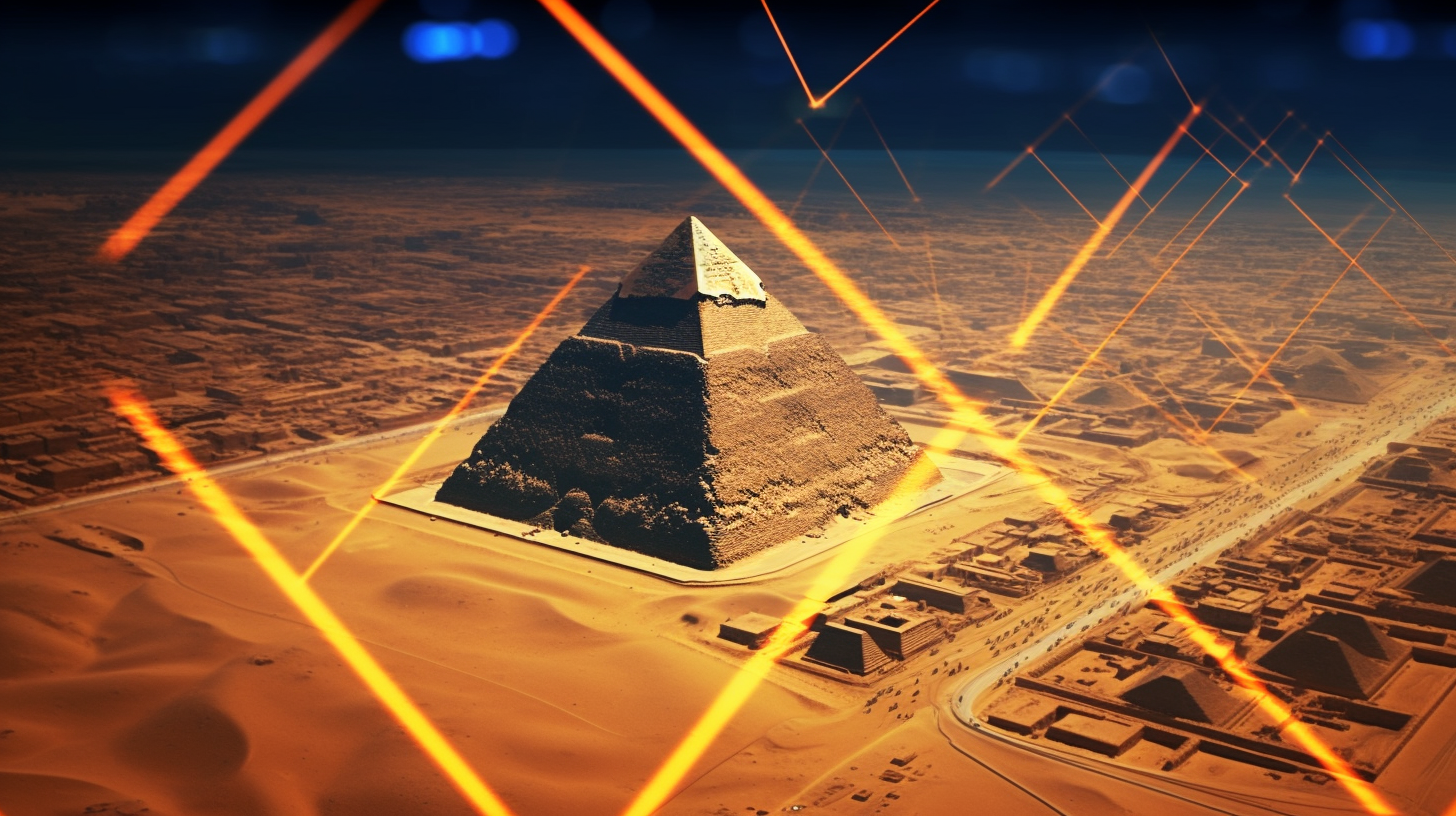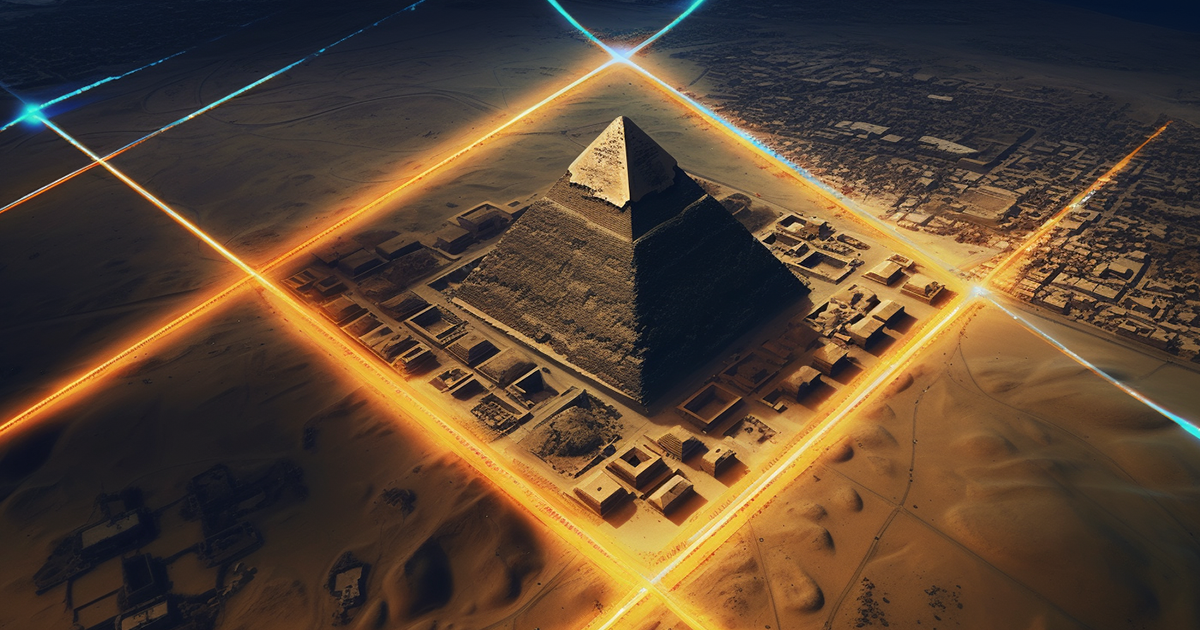During the eventful August of 2015 within Mexico’s Chichen Itza, archaeologists were left startled by a startling discovery. The grand El Castillo temple, with roots dating back a millennium, revealed a hidden sinkhole below, sparking concerns over its structural stability.
This incident kicked off extensive investigations that eventually led to the unearthing of a remarkable secret nestled within the pyramid’s walls.
Not merely a solitary pyramid, the El Castillo temple comprises interlinked structures, resembling the famous Russian nesting dolls. These constructions showcase recurring design patterns, construction methods, and standardized measurements that have stood the test of time.
It appears that an ancient blueprint guided the construction process, compelling ancient artisans to replicate these structures repeatedly.
The idea of nested pyramids isn’t exclusive to Chichen Itza alone; a similar concept can be observed at the Great Pyramid of Cholula near Mexico City and Djoser’s pyramid in Saqqara, Egypt.

One may ponder over the reasons behind civilizations worldwide reconstructing these edifices multiple times. Was there a shared source of inspiration that drove them, possibly linked to a broader mystery that eludes us?
Ancient astronaut theorists suggest the involvement of extraterrestrial beings in the design and construction of these temples, adding another layer of mystery to this enigma.
Could it be that these alien architects had a specific objective in mind, an objective still shrouded in the depths of history? If so, might there have been a technological purpose embedded within these architectural marvels?
As we delve deeper into this mystery, a larger pattern begins to emerge. Similar to the strategic alignment of ancient structures along Europe’s ley lines, sacred sites globally seem to connect to a higher design – a design that traces its origins back to Ancient Greece.
Visionaries like Plato firmly believed that these sacred locations were intentionally positioned across the planet, following what they referred to as a “world grid.”
In the 1960s, researcher Ivan T. Sanderson popularized the concept of a world grid, expounding on Plato’s theories to formulate his planetary grid. This grid, upon examination, could overlay on Earth, with the Great Pyramid serving as the central point.

Lines emanating from this pyramid formed a geometric layout, a grid intersecting pivotal locations globally.
Subsequently, Russian researchers executed a comprehensive survey of significant stone structures worldwide, identifying a staggering 3,300. Astonishingly, all of them aligned with this geometric arrangement – the world grid.
Iconic sites such as Stonehenge in England, megaliths in West Africa, the mysterious Bermuda Triangle, pyramids in Mexico and Peru, Easter Island, and the enigmatic city of Nan Madol all harmoniously fit into this grid.
Even more intriguing is the speculation among researchers that ancient cultures ingeniously interconnected their temples, forming an expansive master circuit board. Each temple linked to another, creating a potent network that amplified the system’s energy.
This raises the possibility that the precise placement of these temples was not arbitrary but part of a grand scheme, an ancient cosmic blueprint.
Featured Video
In conclusion, the surprising findings beneath the El Castillo temple and the revelations of the world grid unveil a intricate and interconnected network of ancient architectural marvels. Questions persist: What purpose did these nested structures serve? Did extraterrestrial beings guide their creation?
Could it be that our ancestors operated an extraterrestrial electrical system, linking sacred sites worldwide in a manner that continues to puzzle us today? The unraveling of this mystery continues to captivate our minds and challenge our comprehension of history’s profound enigmas.
